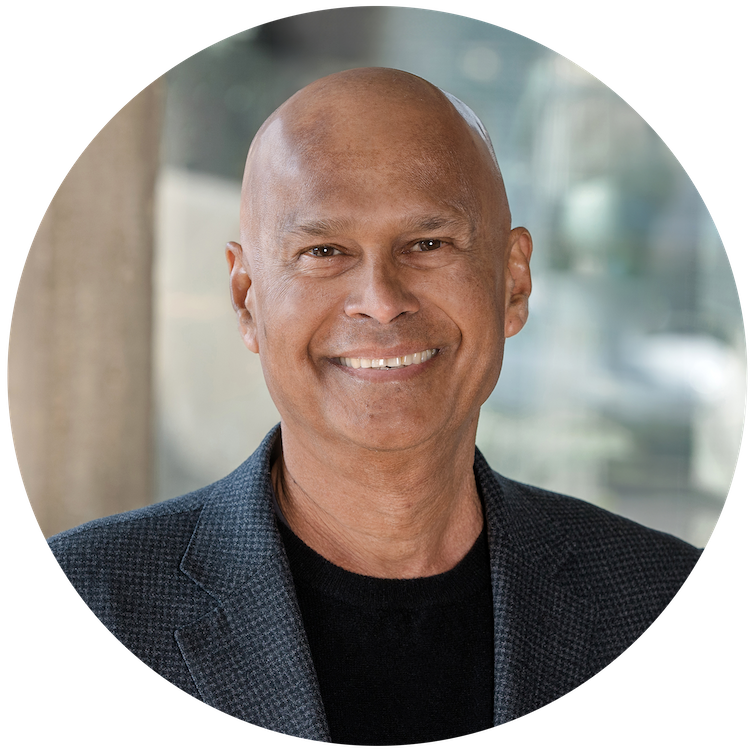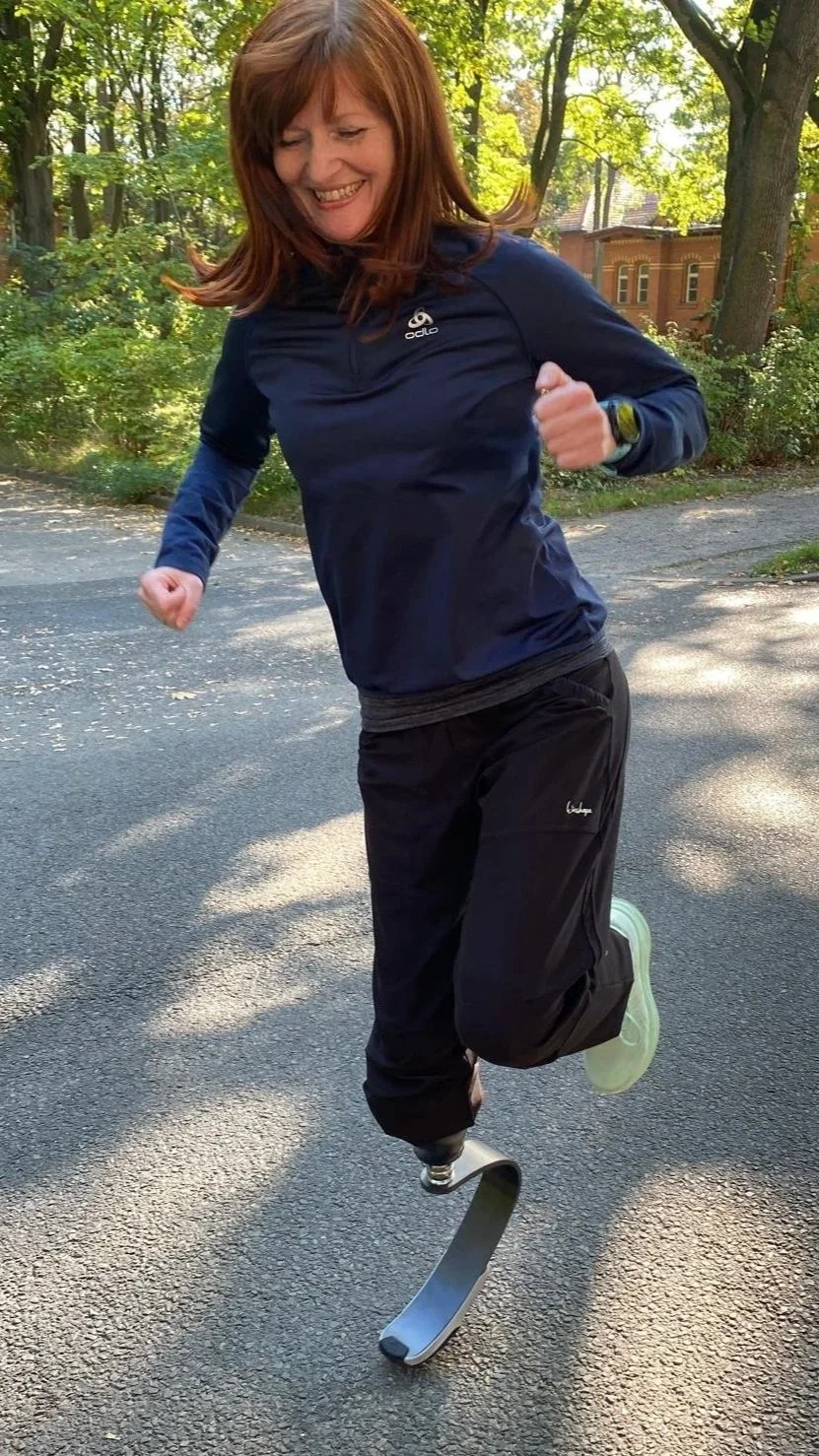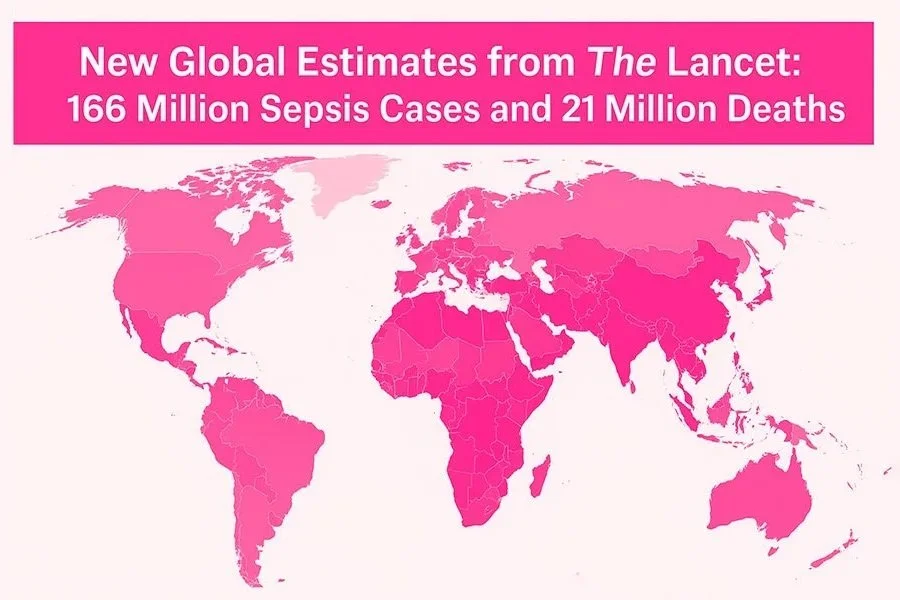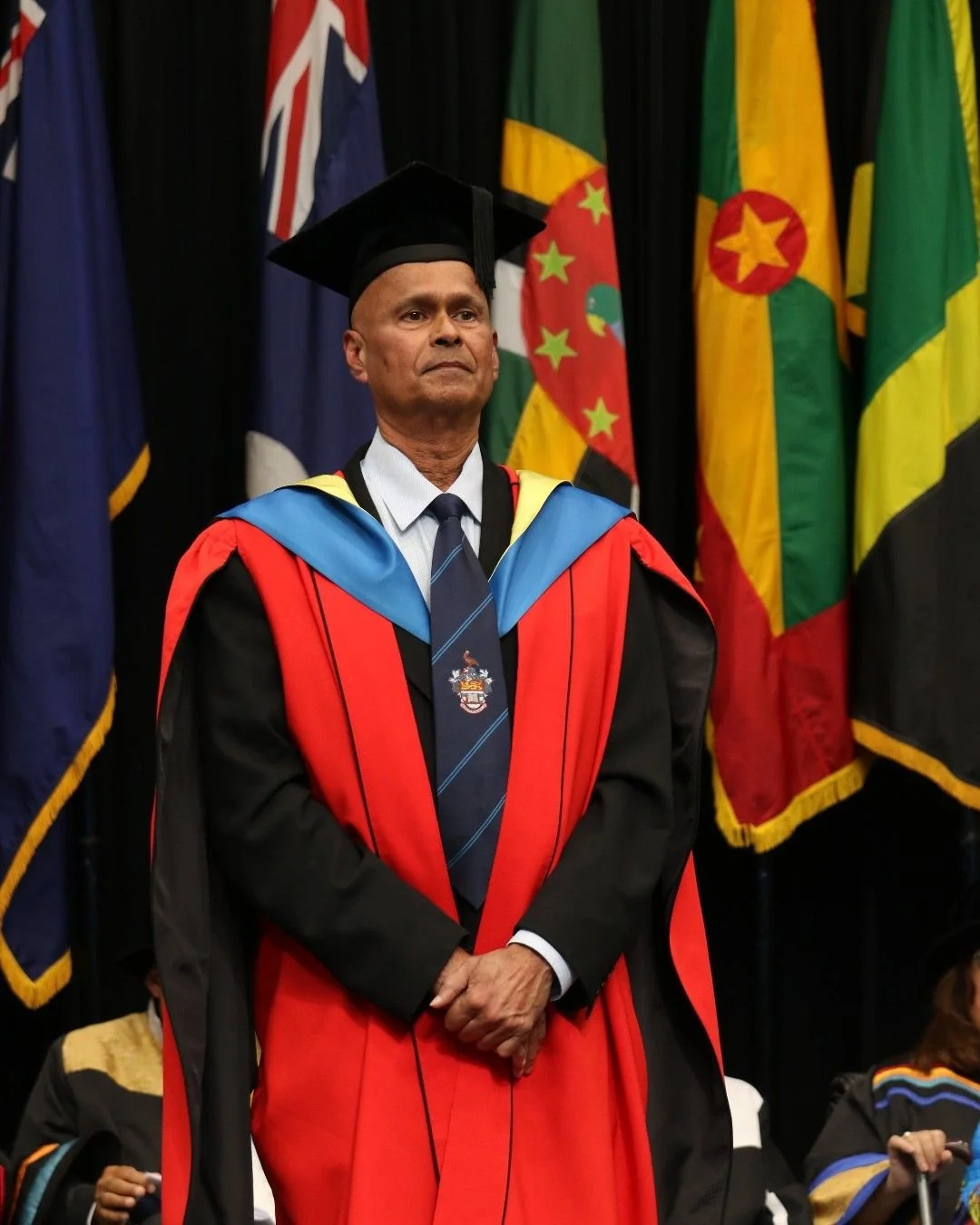Make a personal commitment to fight sepsis and save lives
Every year, sepsis affects nearly 50 million children, women, and men worldwide, taking lives, changing families forever, and placing an enormous burden on health systems everywhere.
Today, we at the Global Sepsis Alliance are proud to launch and invite you to join our GSA Individual Membership Program, enabling everyone around the world to join our common fight to save lives.
Whether you are a sepsis survivor, have a loved one affected by sepsis, work in healthcare, research, education, or believe in the power of global action, you now have a unique possibility to help drive the change and save millions of lives from sepsis.
As a GSA Individual Member, you will help us:
Drive global advocacy and policy change across 194 countries, so sepsis is prioritized in the national and global health architecture
Strengthen early recognition and treatment of sepsis worldwide, especially in low-resource settings
Amplify the voice of sepsis survivors and families affected by this devastating medical emergency
Advance cutting-edge research and innovations to prevent at least 12 million new cases of sepsis and 2 million deaths annually
Build sepsis awareness around the world by strengthening our Regional Sepsis Alliances across Africa, Asia Pacific, Caribbean, Eastern Mediterranean, Europe, and Latin America
When individuals unite behind a shared mission, global change becomes possible.
Together, we can create a future where no one loses a life or a loved one to sepsis.
“The Individual Membership Program offers everyone worldwide the opportunity to join the Global Sepsis Alliance. We are delighted to invite sepsis advocates, healthcare professionals, educators, media representatives, religious leaders, students, and representatives from other professions to contribute to our shared cause.”
“Together, we can make the fight against sepsis the next success story in global health. Every member of the Global Sepsis Alliance can make a life-saving contribution to this historic effort and inspire lasting change. Join GSA and save lives from sepsis.”
Please join us, receive your personalized Membership Certificate from the Global Sepsis Alliance, explore membership privileges, and inspire your friends and colleagues to join our common fight against sepsis.
Every member makes a difference. Your support saves lives.




































